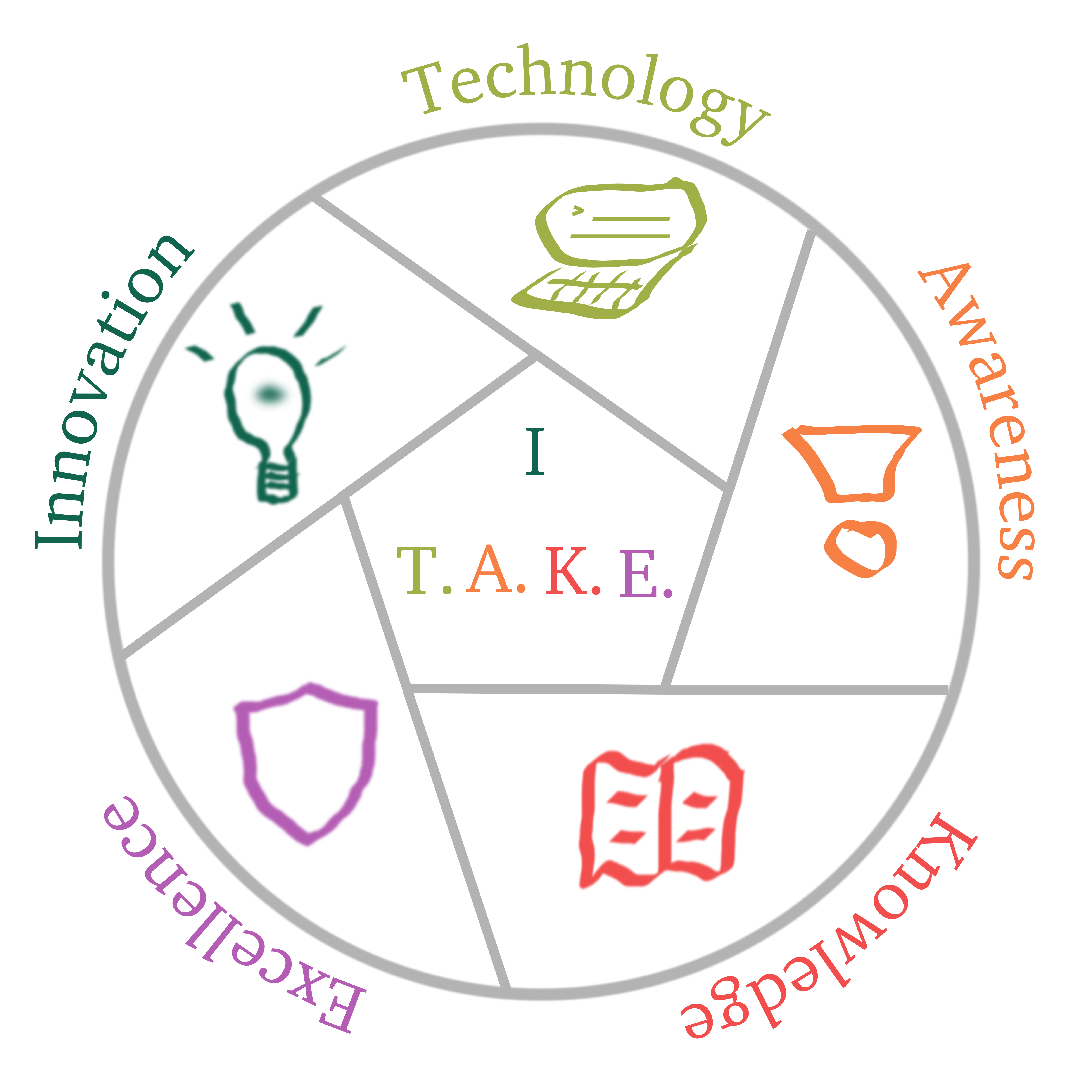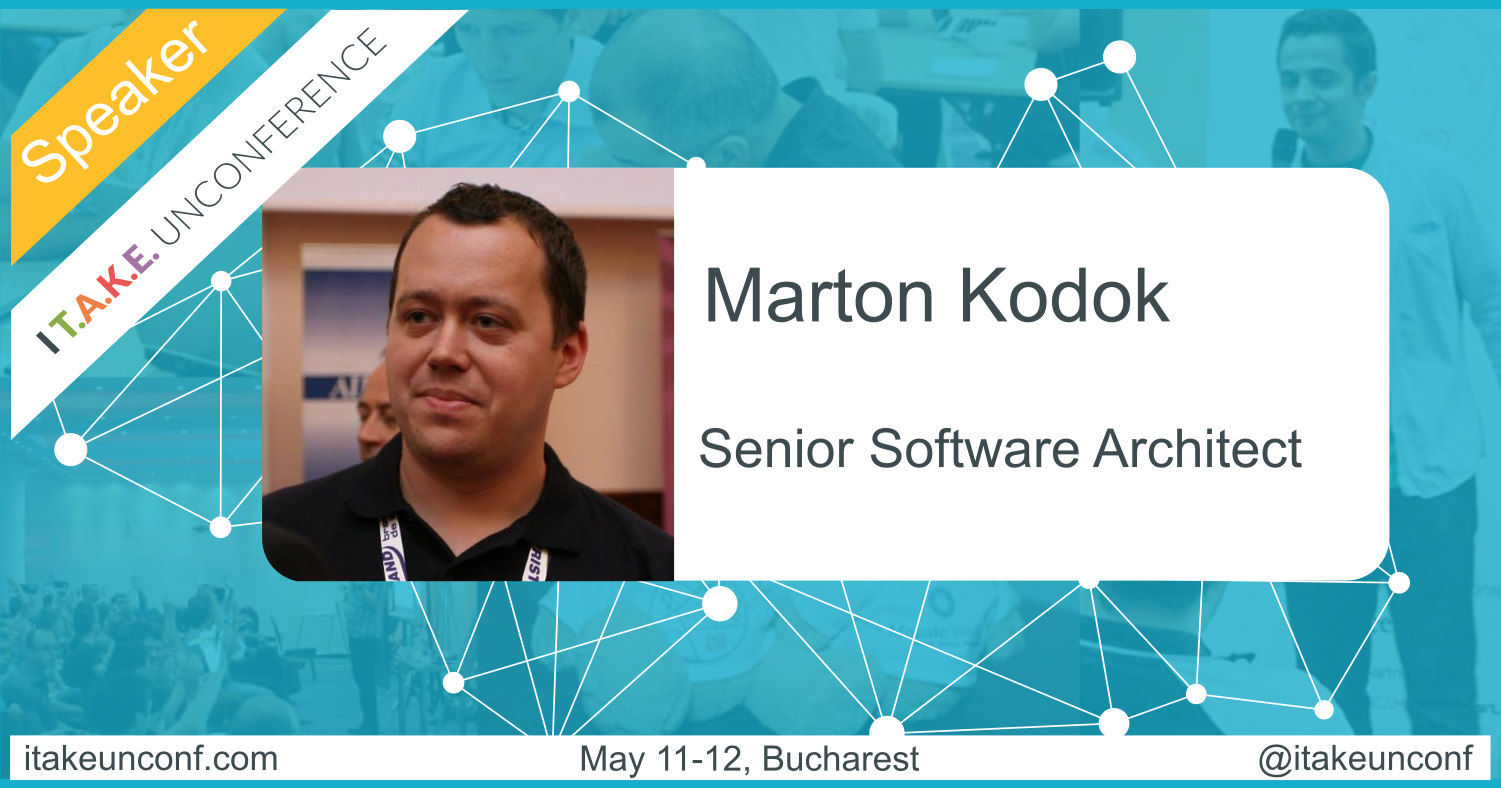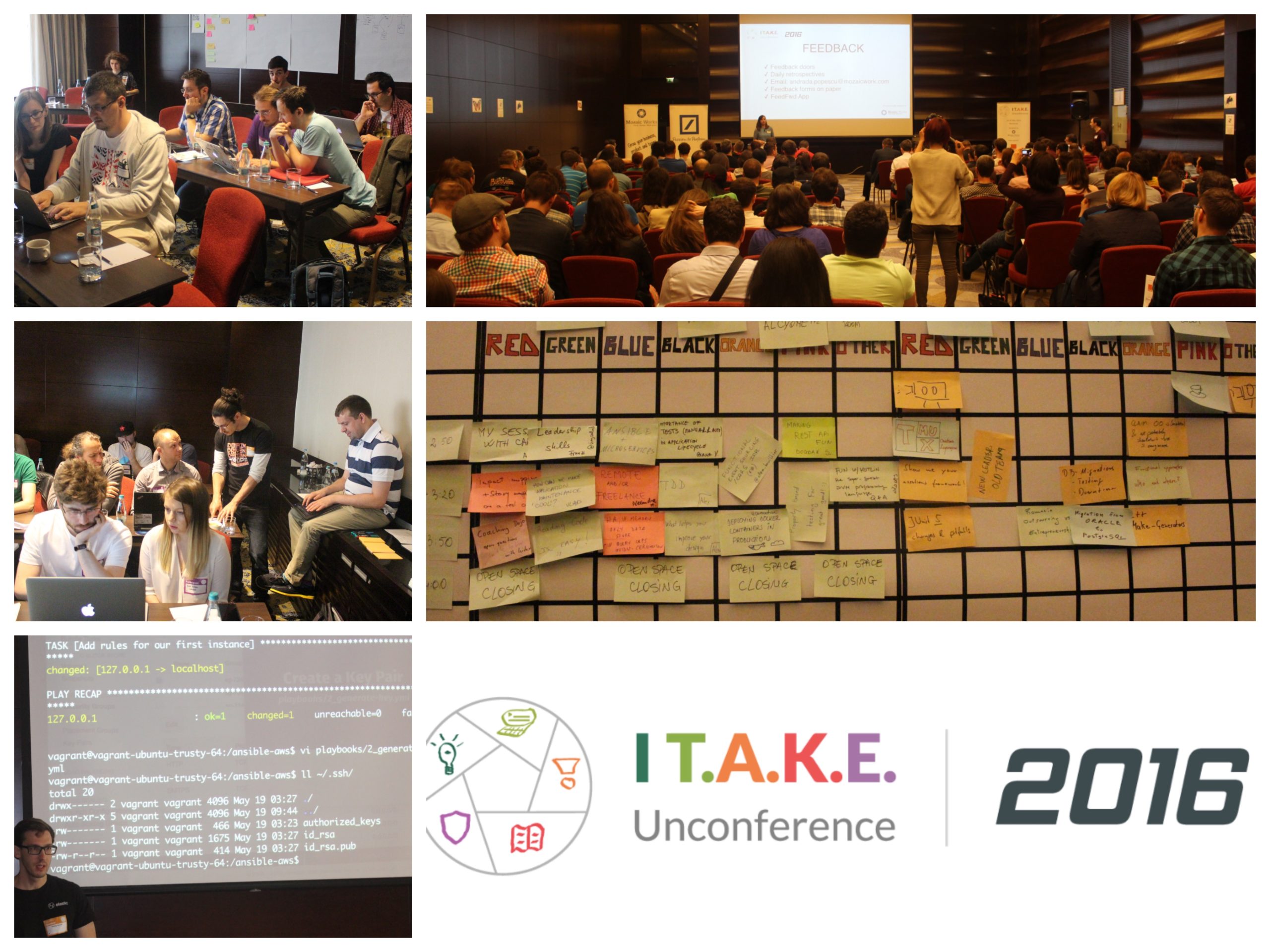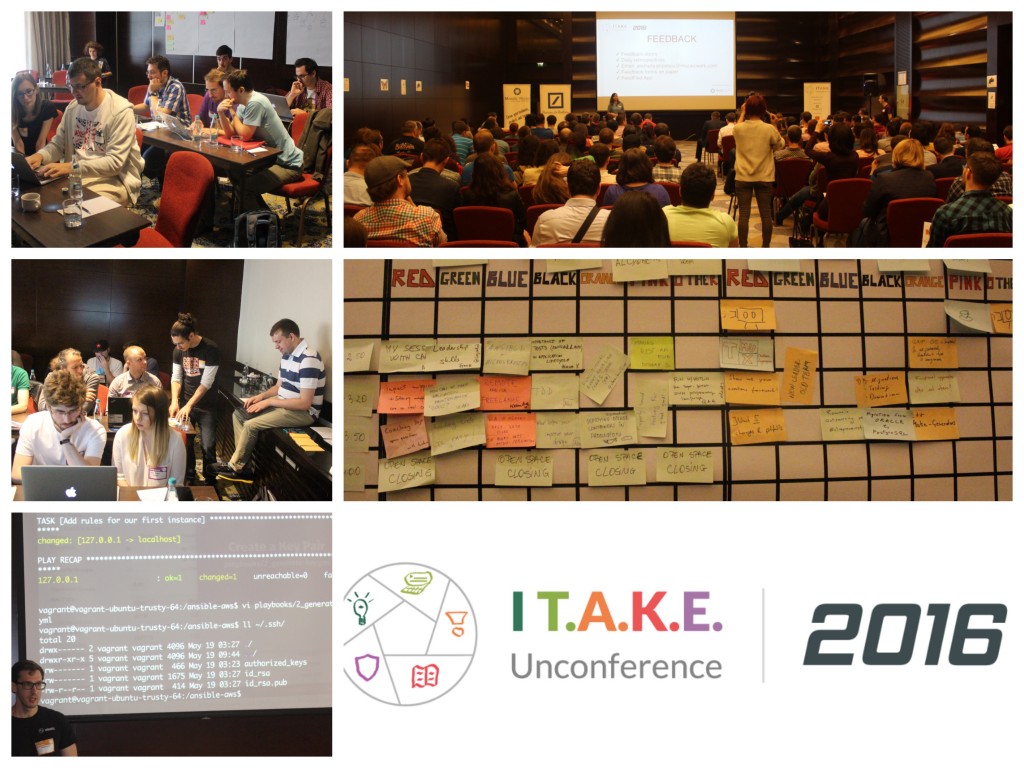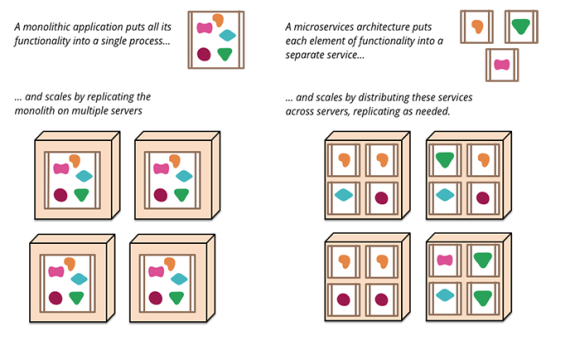

James Lewis, keynote at I T.A.K.E. Unconference 2015, has a valuable contribution on Microservices Architecture.
Sneak peak:
“In short, the microservice architectural style [1] is an approach to developing a single application as a suite of small services, each running in its own process and communicating with lightweight mechanisms, often an HTTP resource API. These services are built around business capabilities and independently deployable by fully automated deployment machinery. There is a bare minimum of centralized management of these services, which may be written in different programming languages and use different data storage technologies.”
If interested in this topic, read the full contribution, jointly created with Martin Fowler.
Join I T.A.K.E. Unconference 2015 to hear more in his talk: Microservices – Systems That Are #neverdone.
